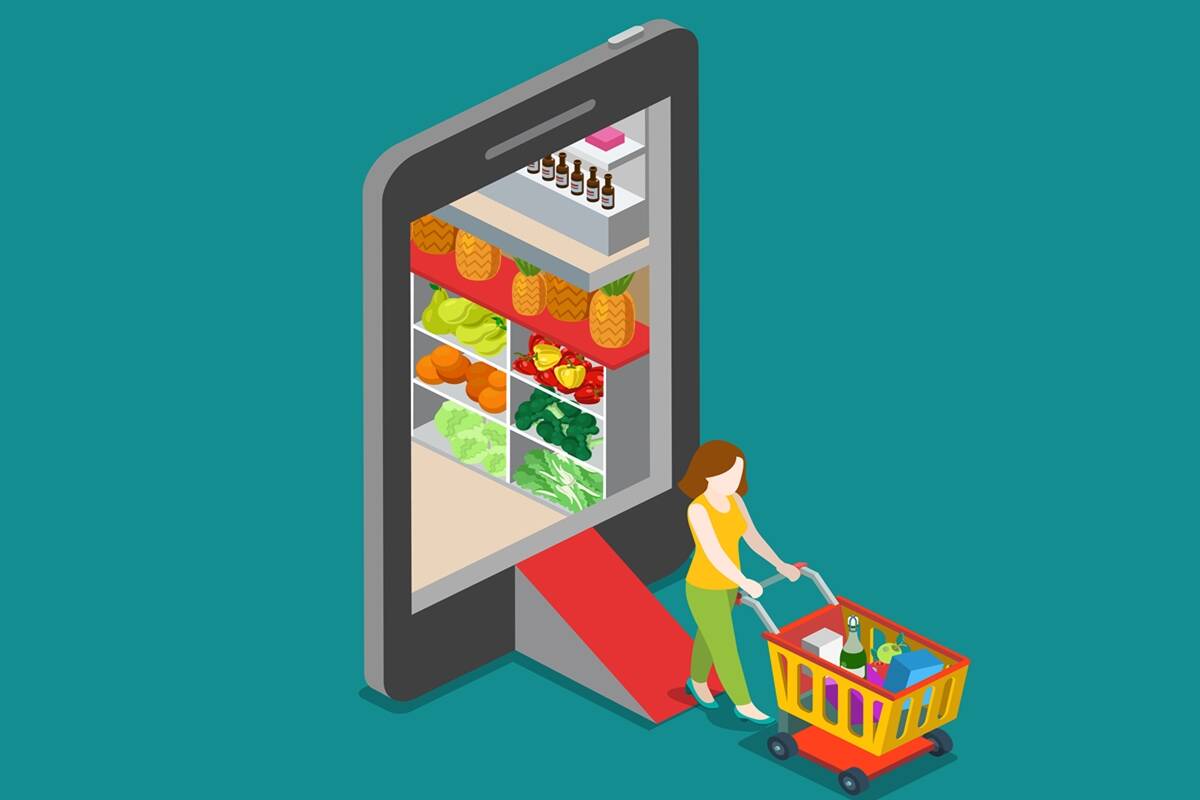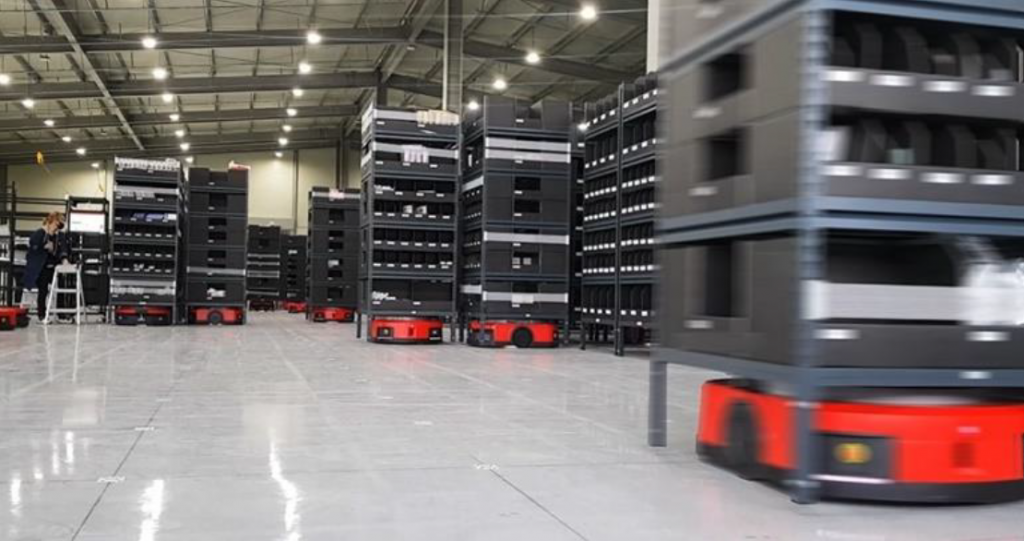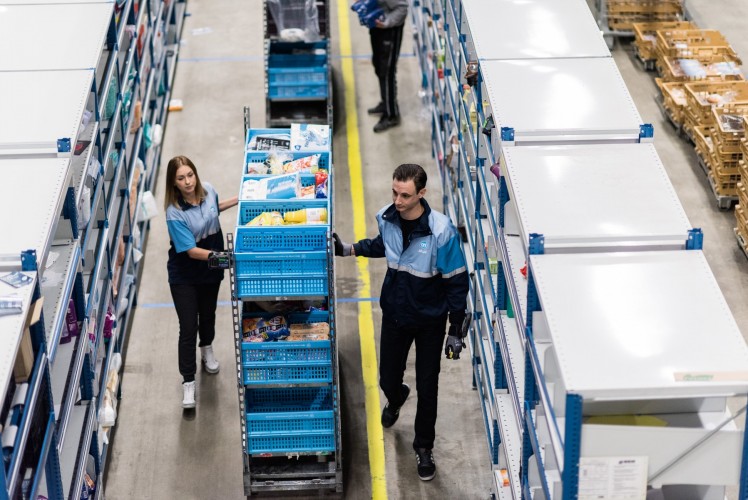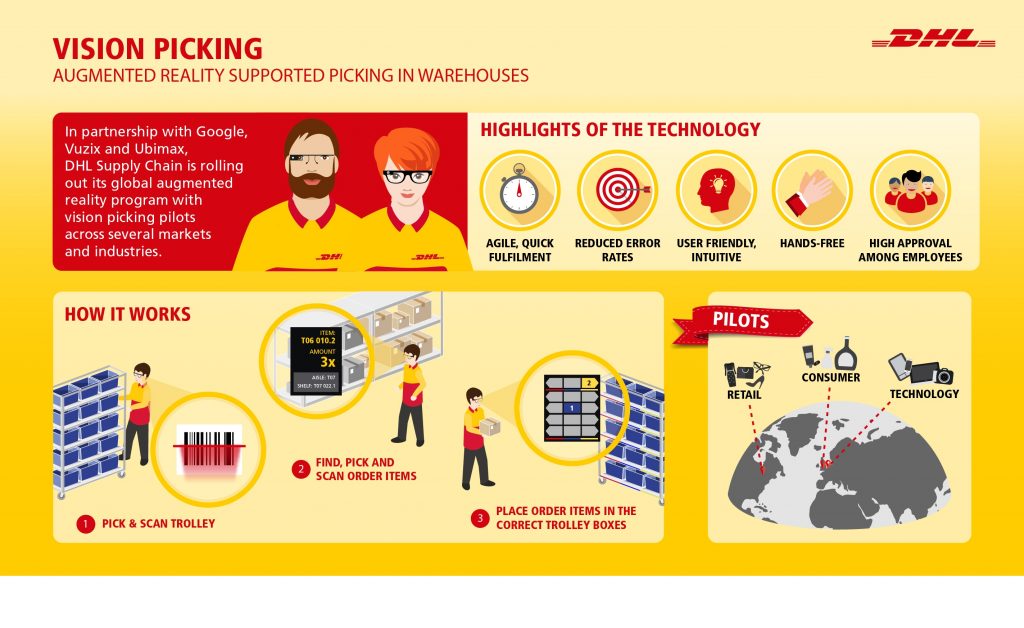Augmented Reality (AR) is defined as the expansion of physical reality by overlaying digital or computer-generated information into the user’s field of view (Wang et al., 2020). In recent years, AR technologies gained importance and notoriety. Its market was valued at $3.5 billion in 2018 and it is expected to reach $200 billion by 2025 (Rejeb et al., 2020). Mainly, its presence is more pronounced in the gaming and entertainment industry, healthcare, tourism, and educational industry. Commonly, AR applications are utilized through a smartphone: for instance, barcode scanning and virtual modeling are two common utilizations of AR technologies. The latter can be utilized to visualize items such as clothing, houses, jewelry, cars, and many more.

In recent years, AR has been considered a valuable option to increase efficiency and decrease costs in supply chains. Specifically, in last mile logistics processes, which consist of the last leg of the supply chain, concerning the delivery of the product from the warehouse to the customer (Bányai, 2018), it appears that AR could decrease its costs. It is important to note that last-mile logistics processes contribute to 50%-75% of the total distribution costs, thus it is important to find a suitable solution.
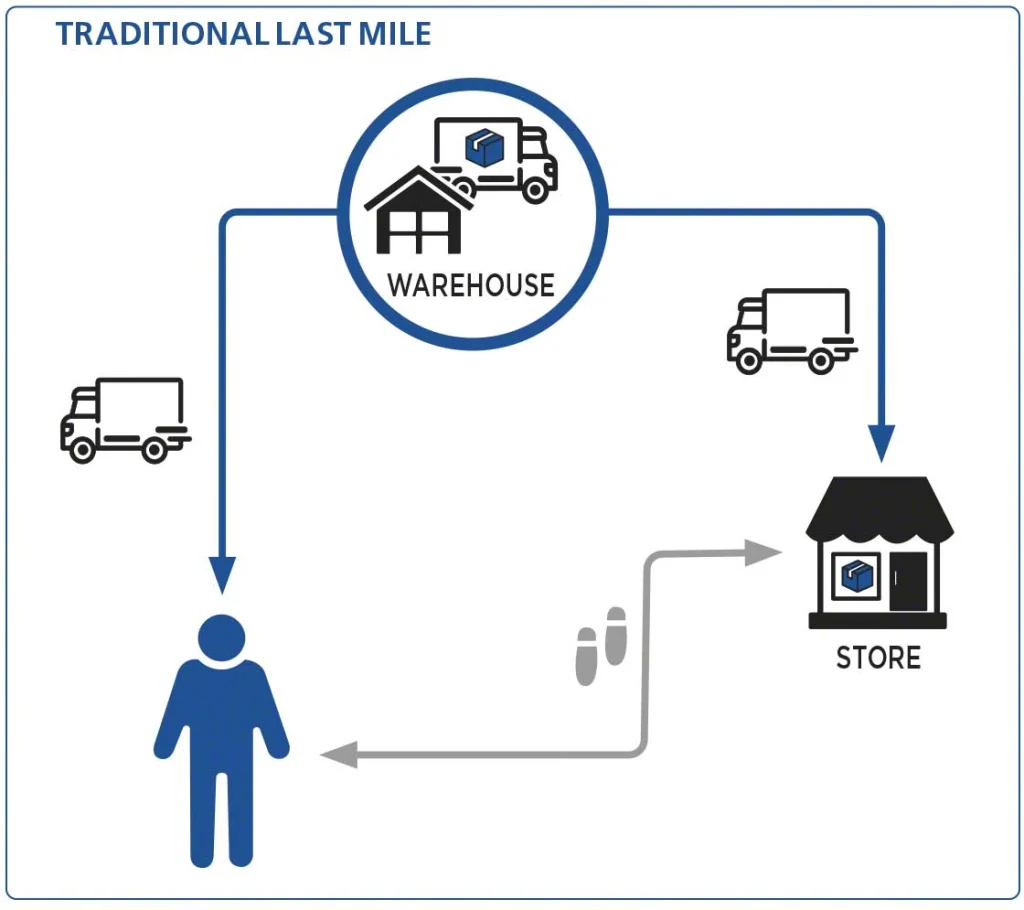
Currently, AR has the potential to decrease downtime. One way is from increasing efficiency in the loading and unloading phases. For instance, Head-Mounted-Displays (HMD) can project in the user’s field of view the optimal loading of the truck, visualizing where to place each package in the vehicle, thus maximizing usage of the space available and reducing the number of trips (Wang et al., 2020). Once the deliverer arrived at the customer’s destination, HMDs can project which package must be picked for that address (Wang et al., 2020).
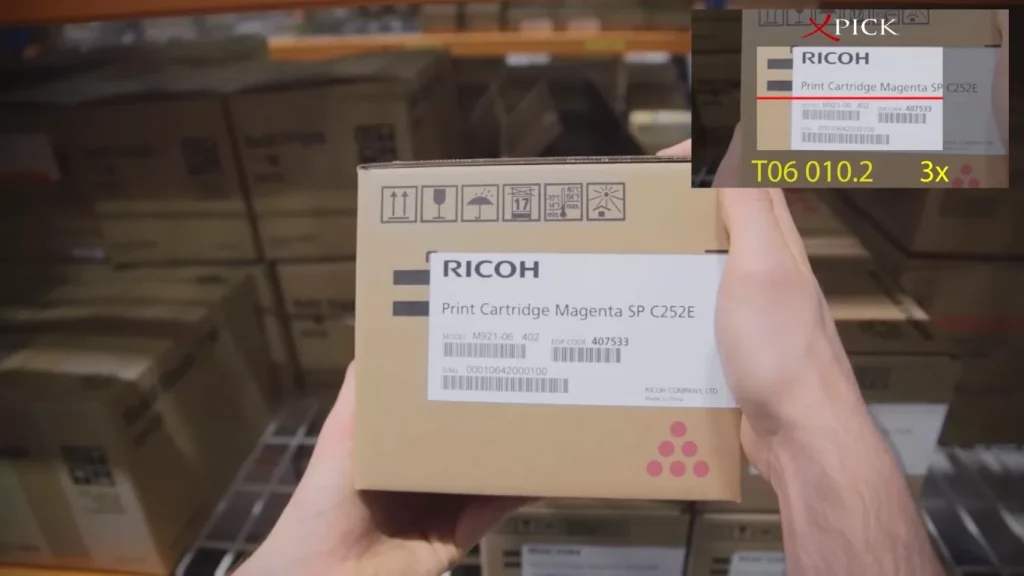
Moreover, AR has the potential to decrease the time of delivery and improve workers’ conditions thanks to HMDs. For instance, it has been tried out a windshield HMD display, which projects to the driver the route to take, speed, location of package delivery, package, and customer information (Lim et al., 2018). The benefits of such practice are increased efficiency, decreased mistakes and accidents, and better working conditions (Blümel, 2013).
Furthermore, in many industries, AR demonstrated to be beneficial for training procedures. Hence, new employees in the last mile logistics can be trained via HMDs, ensuring fewer mistakes and a faster training process (Ferrati et al., 2019). This benefit is of particular importance for last-mile logistics processes as employees in this sector are leaving their jobs frequently, thus increasing employee turnover rates. As a consequence, many costs are involved with turnover, such as downtime, looking for replacement, and training of new employees. AR could be the solution: by giving better working conditions, simplifying tasks, minimizing errors, and increasing efficiency. Also, training could be quicker and more efficient.
References
Bányai, T. (2018). Real-Time Decision Making in First Mile and Last Mile Logistics: How Smart Scheduling Affects Energy Efficiency of Hyperconnected Supply Chain Solutions. Energies, 11(7), 1833. https://doi.org/10.3390/en11071833
Blümel, E. (2013). Global Challenges and Innovative Technologies Geared Toward New Markets: Prospects for Virtual and Augmented Reality. Procedia Computer Science, 25, 4–13. https://doi.org/10.1016/j.procs.2013.11.002
Ferrati, F., Erkoyuncu, J. A., & Court, S. (2019). Developing an Augmented Reality Based Training Demonstrator for Manufacturing Cherry Pickers. Procedia CIRP, 81, 803– 808. https://doi.org/10.1016/j.procir.2019.03.203
Iqbal, M. (2022, June 30). Pokémon Go Revenue and Usage Statistics (2022). Retrieved October 4, 2022, from https://www.businessofapps.com/data/pokemon-go-statistics/
Lim, S. F. W., Jin, X., & Srai, J. S. (2018). Consumer-driven e-commerce. International Journal of Physical Distribution & Logistics Management, 48(3), 308–332. https://doi.org/10.1108/ijpdlm-02-2017-0081
Rejeb, A., Keogh, J. G., Wamba, S. F., & Treiblmaier, H. (2020). The potentials of augmented reality in supply chain management: a state-of-the-art review. Management Review Quarterly, 71(4), 819–856. https://doi.org/10.1007/s11301-020- 00201-w
Wang, W., Wang, F., Song, W., & Su, S. (2020). Application of Augmented Reality (AR) Technologies in inhouse Logistics. E3S Web of Conferences, 145, 02018. https://doi.org/10.1051/e3sconf/202014502018

